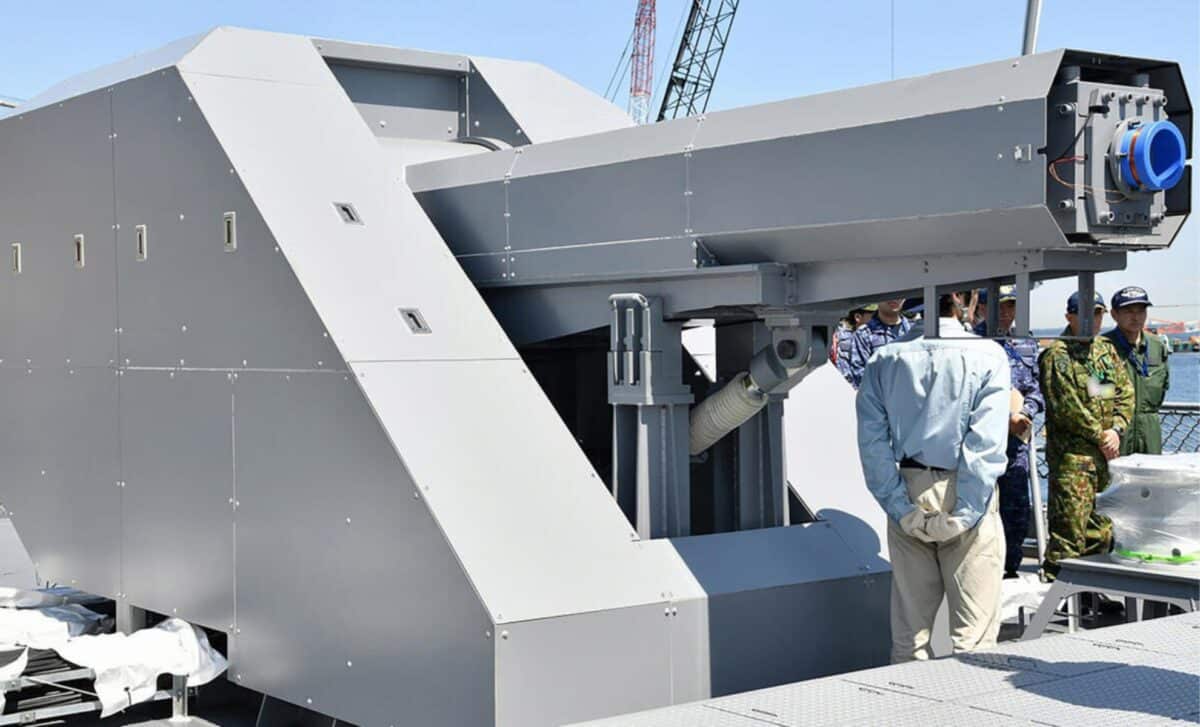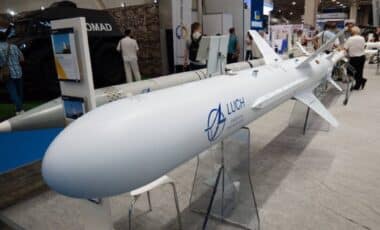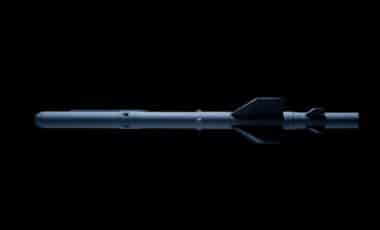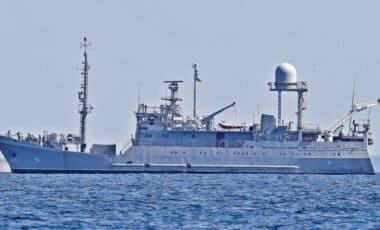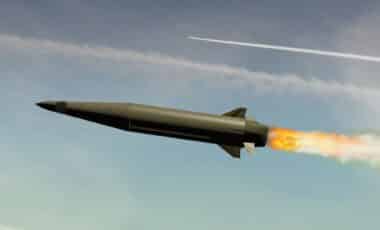Japan has successfully tested a ship-mounted railgun, positioning itself ahead of the United States in the race for next-generation naval weaponry. The electromagnetic weapon, showcased at a major defense exhibition in Tokyo, demonstrates a significant operational breakthrough.
This development marks a strategic turning point for Japan, a country that had long maintained a pacifist military stance but is now rapidly expanding its defense capabilities. The demonstration of a fully operational naval railgun highlights a new technological edge in a domain long dominated by U.S. defense initiatives.
The weapon, which uses electromagnetic energy to launch projectiles at extreme speeds without explosives, is designed to counter advanced threats such as drones and hypersonic missiles. As reported by La Nouvelle Tribune, the successful deployment of this system reflects a critical shift in Japan’s security doctrine amid escalating regional tensions.
The U.S. Just Fired Missiles in the North Atlantic—And It Changes Everything for NATO
A Working Prototype at Sea
According to the media, Japan’s Ministry of Defense confirmed the successful at-sea test of a railgun integrated into a naval vessel. The weapon fires projectiles using electromagnetic forces, reaching velocities exceeding 200 meters per second. This speed allows the system to rely solely on kinetic energy for impact, eliminating the need for traditional explosives.
The railgun’s integration into a functioning maritime platform marks a global first. Presented publicly during Tokyo’s premier defense exhibition, the weapon garnered significant attention for its advanced design and practical deployment. A Japanese defense official described it as “a solution for future air threats,” underlining its relevance in intercepting complex modern weapon systems.
The U.S. Program Stalls
While Japan moves forward, the United States Navy continues to grapple with technical and financial challenges surrounding its own railgun initiative. Although often seen as a pioneer in military technology, the U.S. program has encountered repeated delays. As noted by the source, these setbacks are largely due to the system’s massive energy demands and prohibitive development costs.
The U.S. Navy’s efforts have so far remained confined to laboratory environments, with no operational deployment on warships. This stands in contrast to Japan’s demonstration, which showcased a functioning railgun at sea—highlighting a tangible advancement that U.S. projects have yet to match.
A Regional Response to Evolving Threats
The acceleration of Japan’s railgun program reflects broader strategic concerns in the Asia-Pacific region. Positioned near China, North Korea, and Russia, Japan faces increasingly complex security challenges. The decision to prioritize electromagnetic weaponry is a direct response to these evolving threats.
According to the magazine, the Japanese government sees the railgun not only as a technological milestone but also as a necessary adaptation to regional instability. Its capacity to neutralize high-speed aerial threats positions Japan to address scenarios where traditional missile systems may fall short. The move underscores a shift toward greater self-reliance in national defense.

